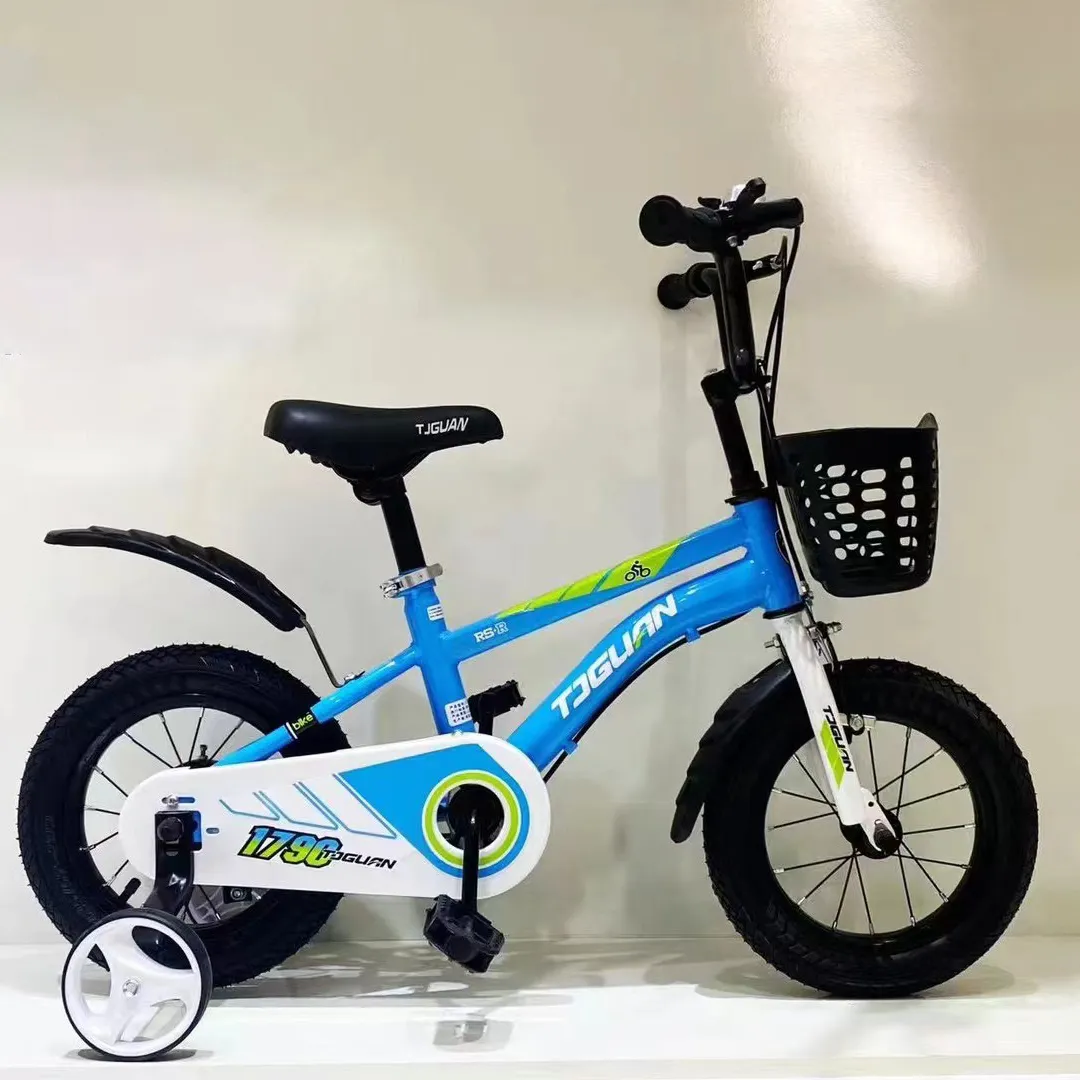Choosing the Right Bike Size for Your Child Explained in a Simple Chart
Choosing the right size bicycle for your child is crucial to ensure their comfort, safety, and enjoyment while riding. Bicycle size primarily depends on the child's age, height, and within the context of children's bike size charts, it becomes easier for parents to make informed decisions. Let’s explore how to accurately determine the suitable bike size from a children's bike size chart and why it matters.
When selecting a bike for your child, the first step is to measure their height and inseam length. This data will help you understand which bike sizes are appropriate based on the child's physical stature. Children's bikes are typically categorized by wheel size rather than frame size, and common wheel sizes include 12, 14, 16, 20, and 24. Each of these sizes corresponds to a specific range of heights and ages.
For example, a 12 bike is usually recommended for kids aged 2 to 4 years, with a height range of about 30 to 39 inches. These bikes generally come with training wheels to help new riders gain confidence. As children grow, they will eventually progress to larger bikes. A 16 bike may suit kids aged 5 to 7, typically measuring between 38 and 48 inches tall. These sizes are designed to cater to growing children, helping to encourage their love of cycling while ensuring their safety.
Moving up the scale, a 20 bike is ideal for children aged 6 to 8 years, with a height range of approximately 42 to 50 inches. Many 20 bikes may come without training wheels, as children in this age group start to feel more confident in their riding skills. Finally, the 24 bike is designed for older kids, around ages 8 to 11, who stand between 48 to 58 inches tall. At this point, children may start transitioning to adult-sized bikes, which usually begin at 26 wheels.
childrens bike size chart

When referring to a children's bike size chart, it is important to consider additional factors, such as the style of the bike, which can affect fit and handling
. For instance, a mountain bike may have a different geometry than a cruiser, impacting how a child feels when riding.In addition to proper sizing, parents should ensure that their child has adequate safety gear, including a helmet that fits well. Comfort and control are vital for a positive riding experience; if a bike is too big or too small, it can lead to accidents, discomfort, and a reluctance to ride.
In conclusion, a children's bike size chart is an invaluable tool for parents looking to purchase the right bike for their child. By measuring your child's height and inseam length, you can select a bike that not only fits well but also supports their growth and development as a confident cyclist. Remember, a well-fitted bike can foster a lifelong love of cycling, making it an enjoyable and safe activity for children.
-
Unleash Your Adventurous Spirit with All Mountain BikesNewsOct.31,2024
-
The Perfect Ride for Your Little Ones: Kids TricyclesNewsOct.31,2024
-
The Joy of Riding: Quality Kids Mountain BikesNewsOct.31,2024
-
The Excitement of Kids Scooters – Choose Your Adventure!NewsOct.31,2024
-
Kids' Bikes: Find the Perfect Ride for Your Little OnesNewsOct.31,2024
-
Experience the Fun of Swing CarsNewsOct.31,2024
-
Why a Giant Bike for Kids is a Top ChoiceNewsOct.24,2024








